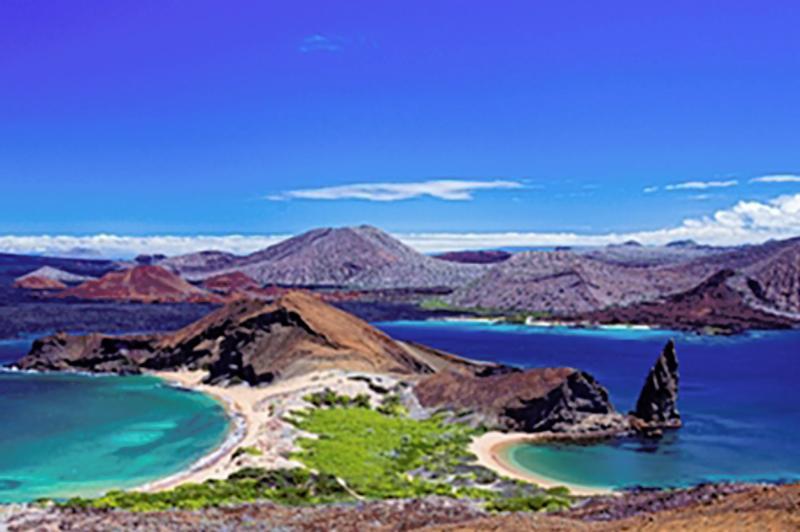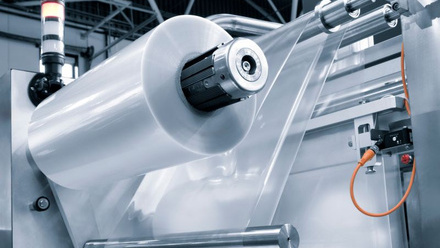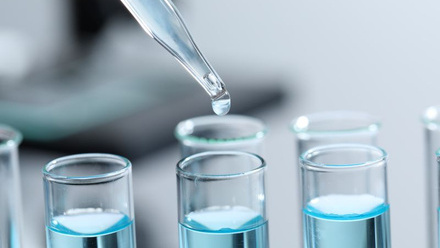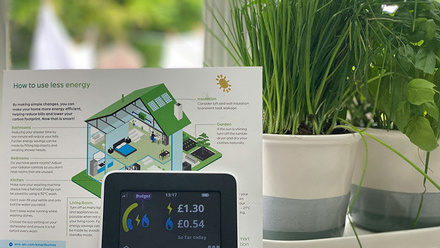Microplastic monitoring in the Galápagos Islands
The International Atomic Energy Agency (IAEA) provides access to nuclear-derived tools and hands-on training for scientists.

While strict policies on the islands limit the number of people who can visit and restrict entry to even environmental scientists on some parts of the islands, an estimated 6t of plastic waste still washes ashore each year.
The IAEA's Nuclear Technology for Controlling Plastic Pollution is partnering with Ecuador's Oceanographic Institute of the Navy (INOCAR) and Polytechnic School of the Coast (ESPOL).
'To preserve the archipelago’s rich biodiversity, the Galápagos National Park has implemented fiercely protective environmental policies to maintain the integrity of the unique flora and fauna that flourish on the islands,' says Maria Jose Marin Jarrin of ESPOL.
While the National Park has developed a clean-up programme for larger plastic debris, microplastics are a more complex challenge. These tiny particles are easily ingested by marine animals and are difficult to track by traditional monitoring methods.
The IAEA has facilitated the procurement of nuclear-derived tools and hands-on training to enable scientists in the region to assess and characterise microplastic pollution and, consequently, to generate high-quality data on marine microplastic pollution.
INOCAR is reported to have become a regional hub for microplastic monitoring, analysing samples from the Galápagos Islands and across Ecuador, as well as other South American countries and even Antarctica.
INOCAR will continue to conduct analyses on seawater and sand samples, while ESPOL will focus on biodiversity and marine and terrestrial organisms, enabling the Galápagos National Park to better manage and protect these fragile ecosystems.







